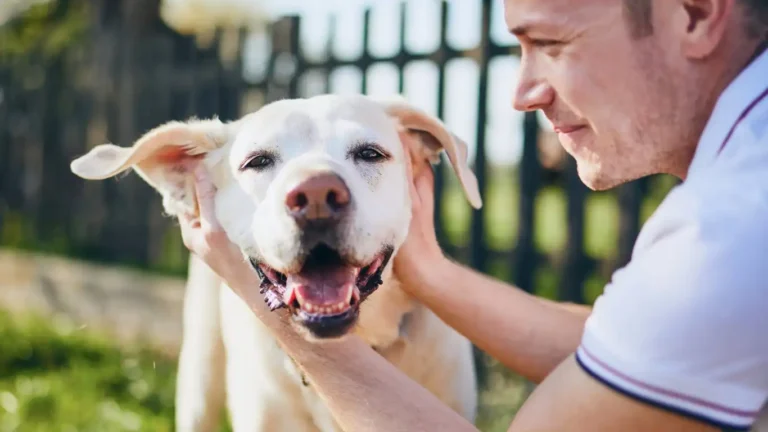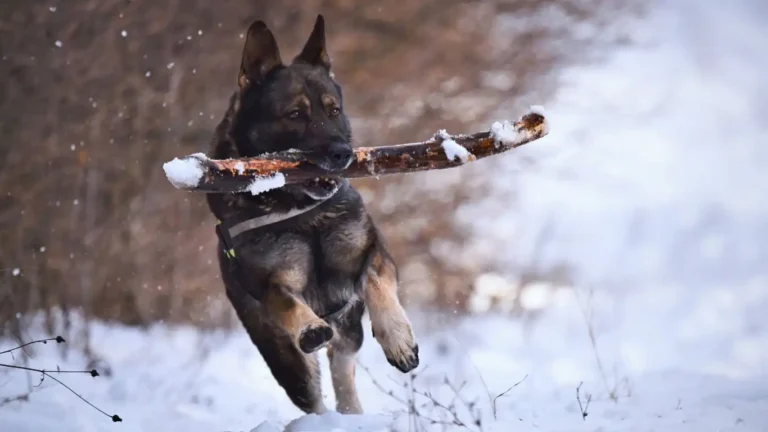Proven Ways to Help Your Dog Adjust After Moving Homes Successfully
Moving homes can be just as overwhelming for our dogs as it is for us. If you’ve recently relocated, you’re probably wondering how to help your dog adjust after moving homes. As someone who’s been in the veterinary world for years—particularly in pet nutrition—I’ve seen firsthand how stressed pets can get during a move. From refusing food to acting out in unfamiliar ways, it’s not uncommon. Don’t worry though, with a few adjustments and a lot of love, you can help your pup settle in much more smoothly.
Why Moving Feels Chaotic for Dogs

Imagine waking up and everything smells different, the floor feels weird under your paws, and your favorite nap spot is just… gone. That’s kind of what your dog is experiencing right now. Dogs rely heavily on scent, routine, and familiar surroundings to feel secure. When you suddenly uproot their entire world, it can trigger stress, anxiety, and confusion.
In my clinic, we used to see a spike in stress-related issues in dogs right after a move—things like digestive upset, skin flare-ups, or behavior changes. And honestly, it’s no surprise. Their entire sense of “normal” has been shaken up.
Signs Your Dog Might Be Struggling
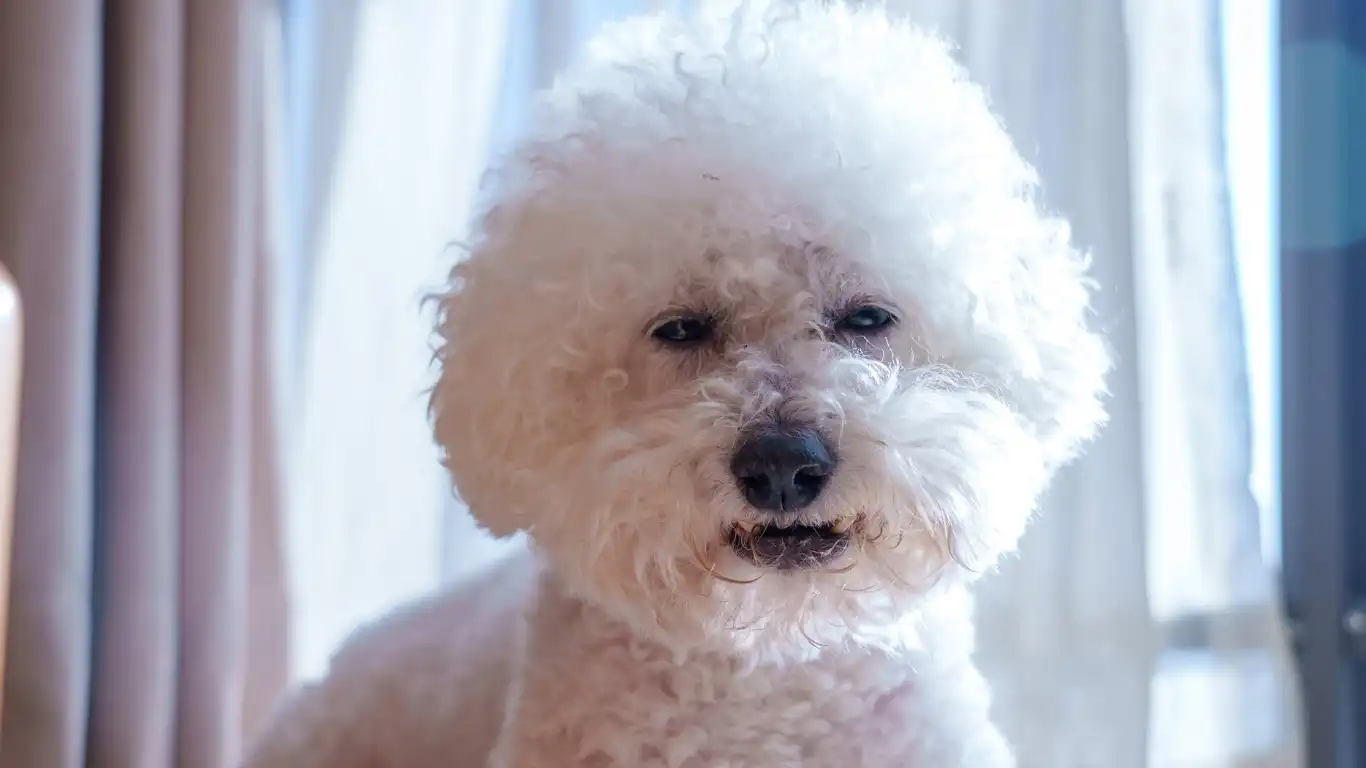
1. Changes in Appetite
One of the first red flags I notice as a nutrition-focused vet tech is when a dog suddenly stops eating or eats less than usual. It’s usually a reaction to emotional stress or environmental changes. Don’t panic—but don’t ignore it either.
2. Pacing or Restlessness
Does your dog keep walking around like they’re trying to find something? That’s often their way of processing the change. They’re searching for familiar smells or spots that no longer exist.
3. Clinginess or Withdrawal
Some pups become Velcro-dogs after a move, while others retreat into themselves. Both are coping mechanisms, and both deserve a bit of patience and empathy.
4. Accidents in the House
This one throws a lot of pet parents off. Your fully housetrained dog suddenly pees on the floor? Totally frustrating, I know—but not uncommon. Stress can disrupt even the most well-established habits.
How to Help Your Dog Adjust After Moving Homes

Rebuild Familiarity with Their Belongings
Dogs find comfort in their stuff. Their bed, food bowls, toys—even that ratty old blanket they’ve had for years. Resist the urge to “start fresh” with new pet items right away. Instead, let them have their old belongings to help ease the transition.
Stick to Their Routine (Even If Yours Is a Mess)
I know your schedule is probably upside-down right now, but try to keep your dog’s routine as normal as possible. Same feeding times, same walk schedule, same bedtime rituals. Dogs thrive on predictability, and it gives them a sense of security in the chaos.
Create a Safe, Quiet Zone
Set up a cozy spot in the new home where your dog can retreat when everything feels too new. Ideally, this space should include familiar scents and textures—think bedding, toys, and even a piece of your clothing. I’ve seen anxious dogs calm down dramatically once they’re given a consistent “safe zone.”
Gradually Introduce the New Space
Don’t rush them to explore the entire house on day one. Start small—maybe just the living room and kitchen—then slowly expand access as they get more confident. Let them sniff, explore, and build comfort at their own pace.
Keep an Eye on Their Diet
This one hits close to home for me. Dogs under stress may develop sensitive stomachs. Watch for signs like loose stool, vomiting, or excessive gas. Offering a bland diet temporarily or using a probiotic supplement (check with your vet first) can really help smooth digestion during this adjustment period.
Consider Calming Aids
Not every dog needs this, but for those who are especially anxious, calming chews, pheromone diffusers, or even a vet-prescribed medication can make a huge difference. I’ve personally used pheromone collars with some of my patients, and the results were surprisingly good in many cases.
Patience Goes a Long Way
Above all, be patient. Your dog isn’t trying to make life difficult. They’re just trying to understand a brand-new world. Give them time, love, and consistency—and you’ll see them relax into their new environment.
Reinforcing Positive Associations in the New Environment
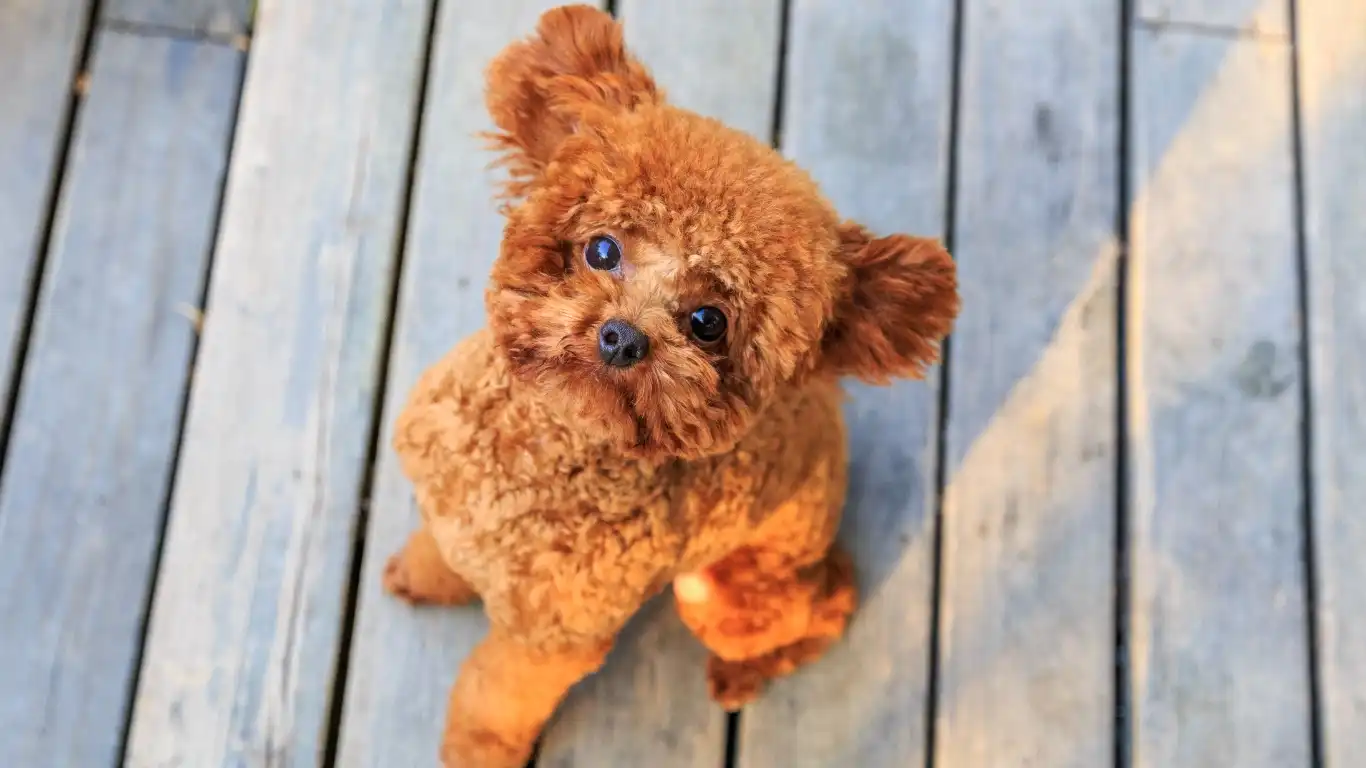
One trick I’ve used countless times with both my own dogs and clients’ pets is simple: pair new experiences with something your dog loves. It might sound overly basic, but it works wonders. Think tasty treats, belly rubs, or a favorite toy—whatever makes your pup’s tail wag like crazy. When they associate the new home with all the good stuff, their anxiety tends to ease up faster.
During appointments, I’d often remind clients that it’s not about bribing your dog—it’s about creating emotional connections. You want your dog to look around and think, “Hey, this place isn’t so bad after all.” Positive reinforcement builds trust and confidence, especially in unfamiliar settings.
Ways to Create Positive Associations
- Play games in each room to make them feel safe and fun.
- Give high-value treats only in the new house at first.
- Incorporate gentle training sessions in new areas to build confidence.
- Use verbal praise liberally—your voice is a comfort signal!
Meeting the Neighbors—But on Their Timeline

Here’s something I learned the hard way with one of my more anxious fosters—don’t rush social introductions. When you move into a new neighborhood, it’s tempting to show your dog off, let the kids pet them, or set up doggy playdates. But remember, your pup is still figuring out where the bathroom is. Let them settle in before you pile on more social pressure.
Instead, allow them to observe new people and pets from a distance. Go on calm walks where they can take in the sights and smells without being the center of attention. You can gradually work up to greetings, but only when they seem curious and comfortable—not when they’re pulling back or freezing up.
My Personal Tip:
I like to do “perimeter walks” around the neighborhood before I let dogs interact directly. It gives them a sense of the area and lets them spot other dogs from afar without the stress of a face-to-face. It’s also a great way for you to scope out good walking routes and avoid overly busy areas early on.
Nutrition and Stress: What Your Dog’s Gut Is Telling You
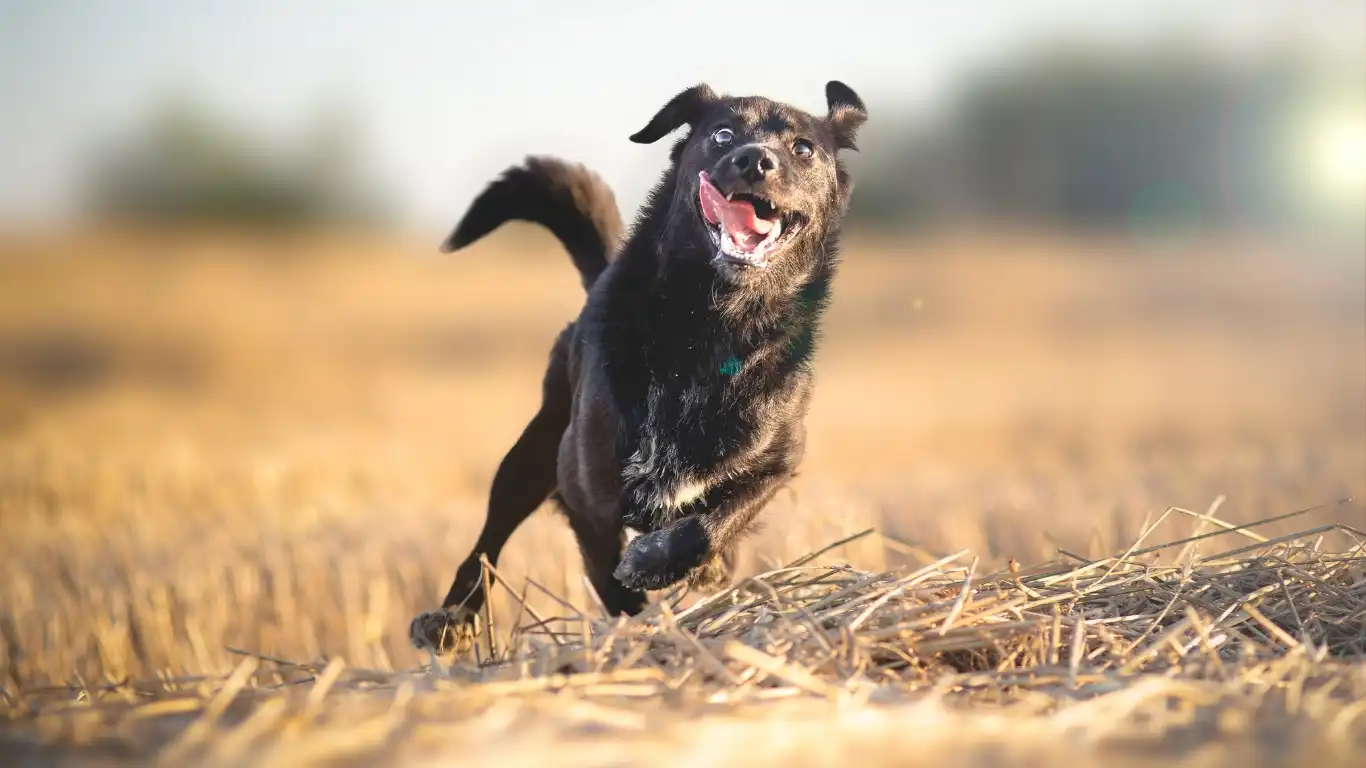
Let’s talk about food—because trust me, I’ve seen how stress affects digestion. In my role as a vet tech specializing in nutrition, one of the most common post-move issues I dealt with was dogs developing sudden food sensitivities or digestive upset. Think diarrhea, bloating, or just turning their nose up at their usual kibble.
If your dog suddenly seems fussy or their stool is off, it might be a stress response. Their gut is actually incredibly sensitive to emotional changes, and moving can throw off their entire digestive rhythm.
What You Can Do:
- Don’t switch their food right away unless absolutely necessary. Familiar food = stability.
- Introduce probiotics (ask your vet!) to support healthy gut flora.
- Stick to feeding times religiously—even when your boxes are still unpacked.
- Watch water intake. Stress can lead to dehydration, which only makes tummy issues worse.
In cases where dogs completely lose their appetite, warming their food slightly or adding a little low-sodium bone broth can help spark interest. Just keep it simple and consistent. When I worked hands-on with recovery patients, that small bit of familiarity in their bowl went a long way.
Staying Active Without Overwhelming Them
Here’s a tricky balance: dogs need physical activity to burn off nervous energy, but they also need rest to mentally process their new surroundings. Too much too soon, and you risk overstimulating them. Not enough, and all that bottled-up stress comes out in destructive behaviors.
Focus on gentle, structured activities like short leash walks, enrichment games at home, and simple training tasks. Things like sniff walks (where they set the pace and explore smells) are my go-to. Not only are they mentally stimulating, but they also help dogs feel more in control of their environment.
Simple Enrichment Ideas:
- Use a snuffle mat or scatter kibble for a “search-and-find” mealtime.
- Fill a Kong with peanut butter or wet food and freeze it.
- Practice basic commands with rewards to build confidence.
- Rotate toys weekly to keep them interesting.
One client once told me their dog stopped chewing furniture after they introduced a daily sniff session outside and a frozen Kong ritual before bed. Sometimes it’s the small changes that create the biggest wins.
Give Yourself (and Your Dog) Grace
This one’s just from me to you—cut yourself some slack. Helping your dog adjust after moving homes isn’t a perfect science. You’re juggling a million things, and sometimes the dog pees on your brand-new rug anyway. It’s okay. It’s temporary. With patience, structure, and lots of love, your dog will feel at home again—and maybe even happier than before.
Helping Rescue Dogs or Seniors Adjust to a New Home

Now, not all dogs handle change the same way. In fact, if you’ve got a rescue or a senior pup, you might need a slightly different approach. I’ve worked with a lot of senior dogs over the years, and let me tell you—they can be especially sensitive to change. Their senses may not be as sharp, their joints a little stiffer, and their confidence a bit more fragile.
For rescues, especially those with a traumatic past, even the sound of a new door creaking or an unfamiliar voice can cause panic. These guys need a slow and steady hand, a lot of patience, and often a little extra reassurance that this new life is safe, stable, and full of love.
Tips Specifically for Seniors & Rescues:
- Use ramps or rugs for better traction and joint support on unfamiliar flooring.
- Limit noise and foot traffic around their safe space.
- Keep introductions low-key and let them approach at their pace.
- Offer food puzzles that aren’t too difficult—mental stimulation helps with adjustment!
With one senior I fostered, I found that playing soft music and setting up a diffuser with calming pheromones made a night-and-day difference. She went from shaking in a corner to sleeping soundly within a few days. It’s little tweaks like that that can really help your dog settle in, no matter their age or background.
Bringing Back the Joy of Exploration

Once your dog starts getting their footing, you’ll notice little moments of curiosity creeping in. Maybe they’ll sniff longer on walks, wag their tail when they see a new path, or start marking familiar spots. This is a great sign—they’re starting to build mental “territory maps” of their new home and surroundings.
Encourage it! Exploration helps rebuild confidence. But don’t push them into busy parks or loud events too fast. Start with quiet streets, wooded trails, or even just the backyard. Every new smell is a clue, and dogs love putting the puzzle together at their own pace.
Use These Moments to Strengthen Your Bond:
- Let them lead the way during walks (safely, of course).
- Bring along a favorite toy or treat and reward exploration.
- Practice “check-ins” where they look back at you—reward this heavily!
This kind of exploration not only builds comfort with the environment, but also deepens your connection. You become their trusted guide through all the newness.
When to Reach Out for Extra Help
Sometimes, despite your best efforts, a dog just can’t seem to shake the stress. And that’s okay. There’s no shame in asking for help. In my experience, behavioral support can make a huge difference—especially when stress turns into fear aggression, destructive behavior, or chronic anxiety.
Signs It Might Be Time to Consult a Professional:
- Excessive panting or pacing that doesn’t improve over time
- Loss of appetite lasting more than 48 hours
- Aggressive responses to normal stimuli (touch, noise, guests)
- Regression in housetraining with no medical cause
Start with your vet to rule out any physical issues. From there, consider working with a certified behaviorist or positive reinforcement trainer. I’ve referred quite a few clients over the years, and honestly—it can be a game-changer.
Final Thoughts on How to Help Your Dog Adjust After Moving Homes
Helping your dog adjust after moving homes takes a blend of compassion, structure, and a good bit of patience. Trust me, it’s not about being perfect—it’s about being present. Dogs pick up on our energy, and your calm, confident guidance is what they need most right now.
I’ve seen so many dogs go from panicked and confused to happy and thriving in their new homes. It just takes time. Let them move at their pace, celebrate the little wins, and never underestimate the power of your presence.
Whether your dog is a bouncy young pup or a gray-muzzled old soul, the journey to settling in is one you’ll walk together—and that’s kind of beautiful, isn’t it?
References
Disclaimer
This article is for informational purposes only and is based on personal experience as a veterinary technician specializing in pet nutrition. It is not a substitute for professional veterinary advice, diagnosis, or treatment. Always consult with your veterinarian or a certified animal behaviorist regarding your pet’s individual health and emotional needs.


